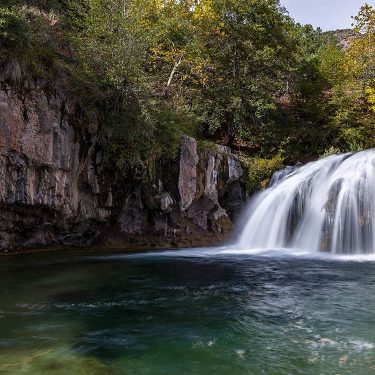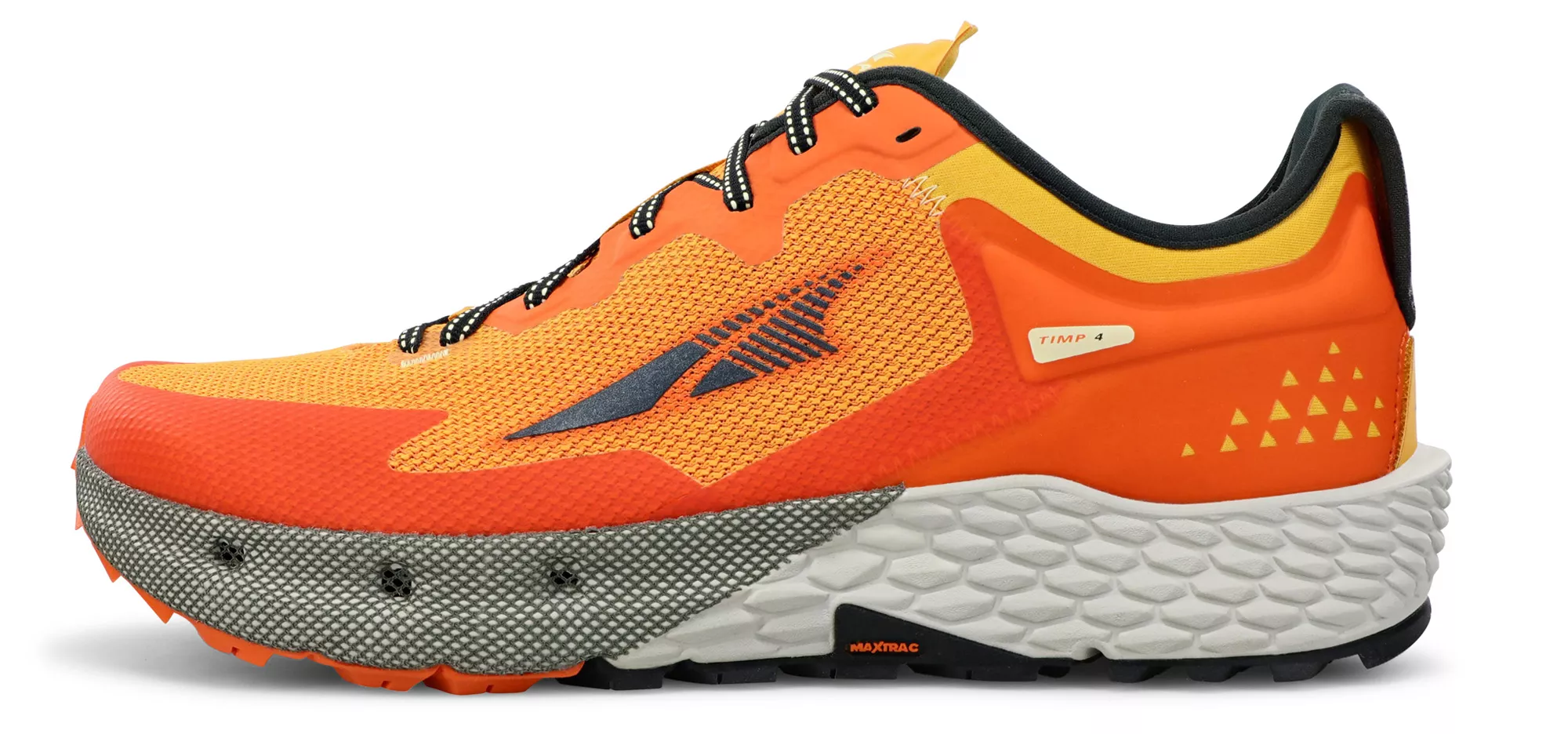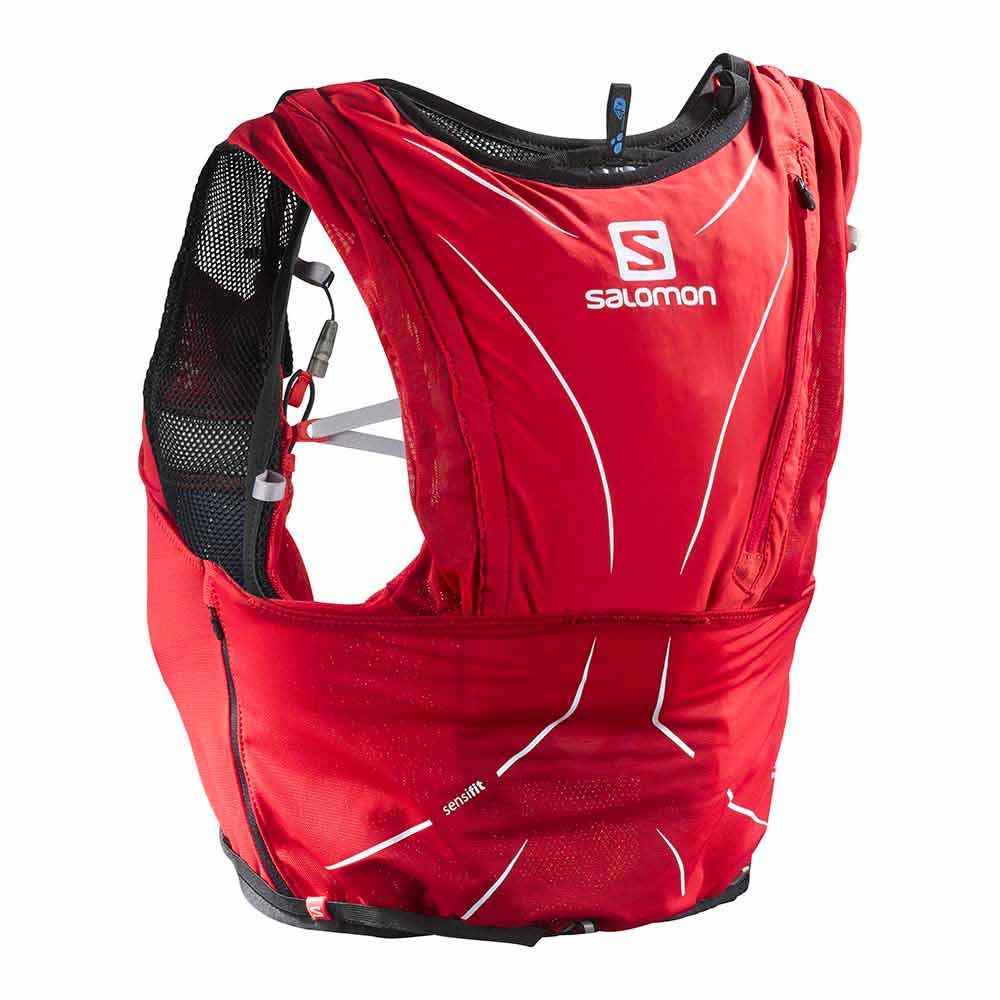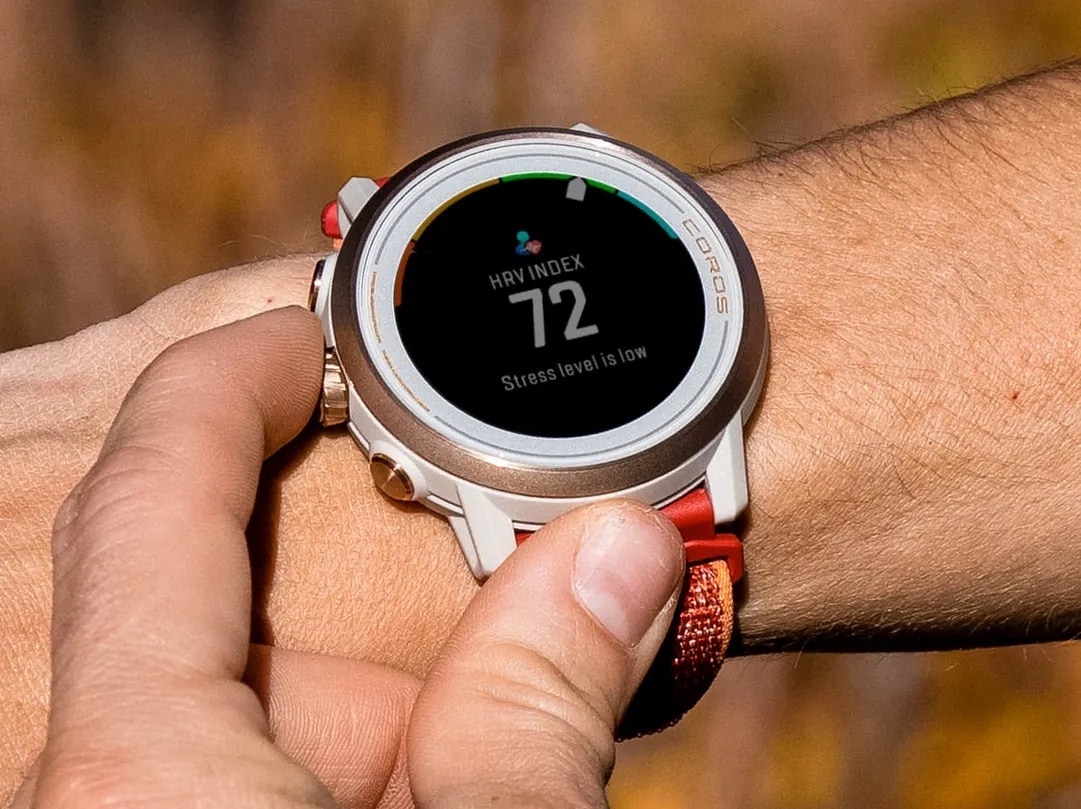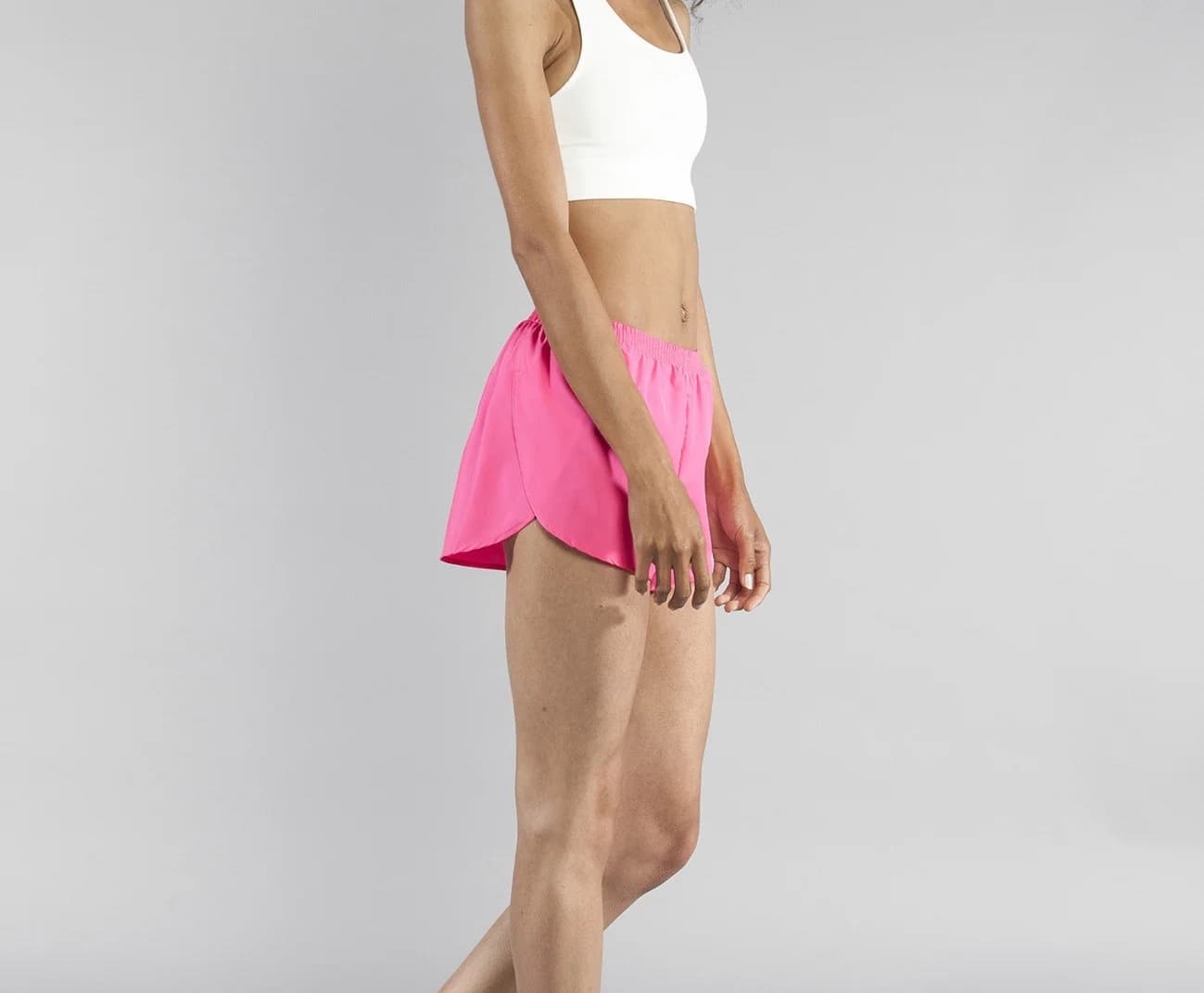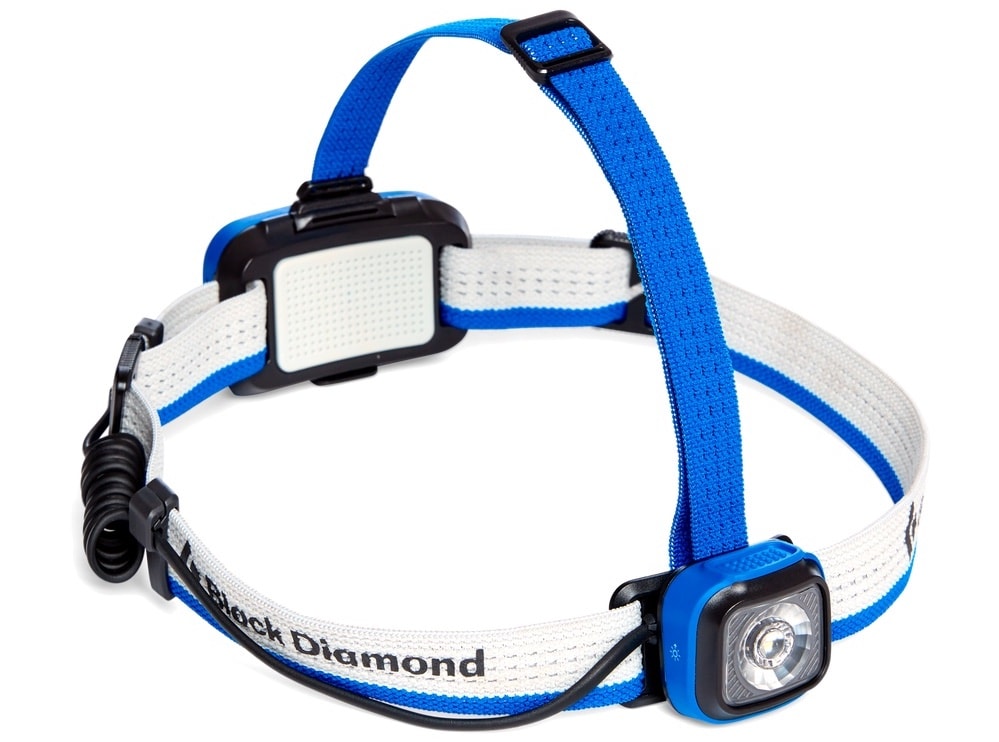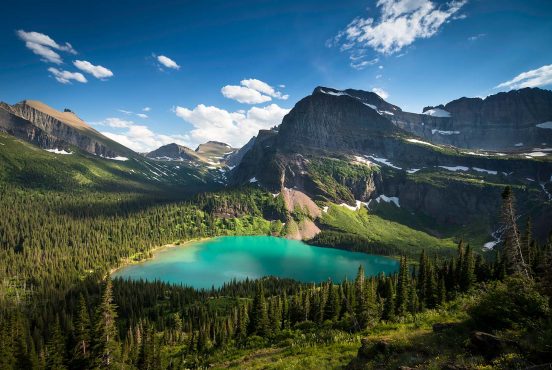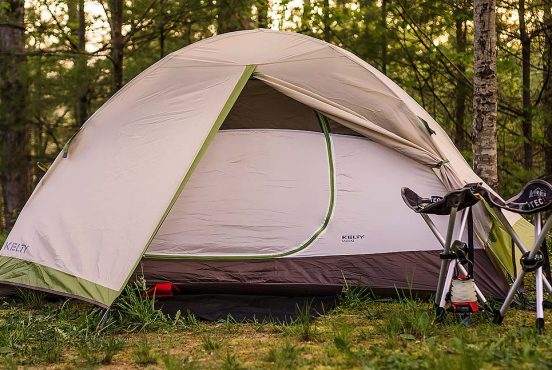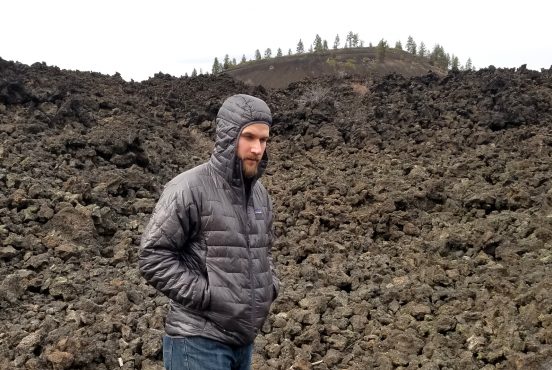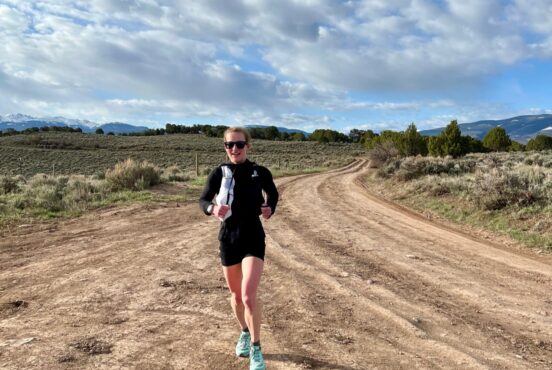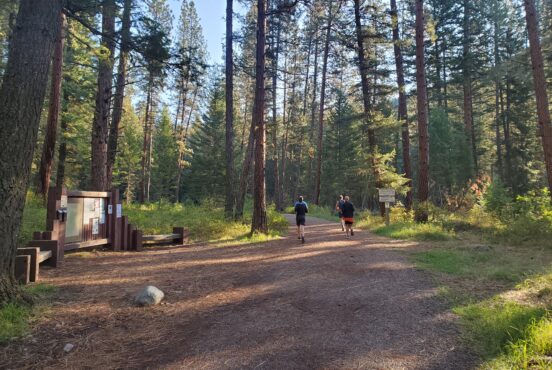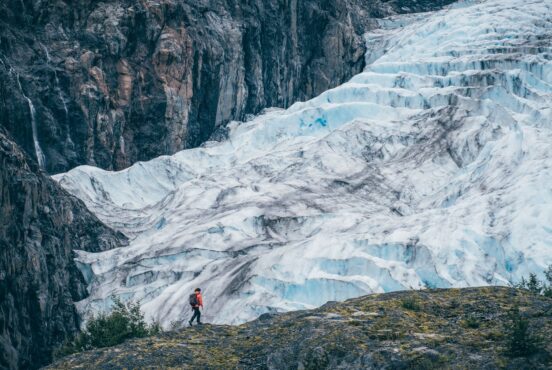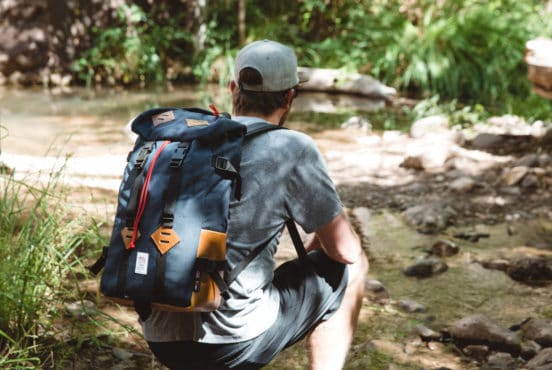In August 2020, I set a speed record on Oregon’s 460-mile stretch of the Pacific Crest Trail (PCT) by finishing the route in 7 days, 19 hours, and 23 minutes – That’s about 57 miles a day.
I needed my gear to perform so well that it wasn’t even a factor; that I wasn’t even thinking about it. If my gear is in my head, it’s probably because it’s chafing, blistering, or malfunctioning in some painful way. I’d much rather focus on forward progress and having fun than think about how my shoe won’t stop annoyingly rubbing my heel.
In my bid for the fastest known time (FKT), I planned to cover 48-72 miles a day on the PCT. I needed gear that was durable, comfortable, and capable of going the distance with me. This is the stuff I used that passed that smell test. (Just don’t ask how it performed in a different kind of smell test on the other side of Oregon…)
Altra Timp 4 Trail Running Shoes
Altra Timps are my go-to shoes for most trail adventures, so they were the obvious pick for my jaunt across Oregon because they offer the comfort, cushion, and responsiveness I want for supersized days.
The cushioning of the Timps is the selling feature for me because my feet need padding to soften the blow from all the pounding. Altra uses a proprietary midsole foam to support extra-long days. It gives me the running-on-clouds feel I want. But with a 29mm stack height, the platform of the shoe is slim enough that I still feel connected to the ground. I tend to veer away from shoes with a meatier platform because they can feel like a recipe for a rolled ankle. The Timps ride low enough that I can respond to the terrain and feel in control of my steps. It’s the perfect balance of cushion and control for me.
The fit is also a match for my feet. The brand’s signature wide toe box is designed to let your toes spread out naturally. This gives you more balance and stability, which are desirable qualities when you’re traveling on uneven trails. It also accommodates a wider forefoot, along with bunions and bunionettes, which is helpful if your feet have extra bumps like mine do. The traction could be better. I mostly struggled on firm snow and mud, neither of which were much of an issue on the PCT in August.
Buy at REIPatagonia Houdini Air Jacket
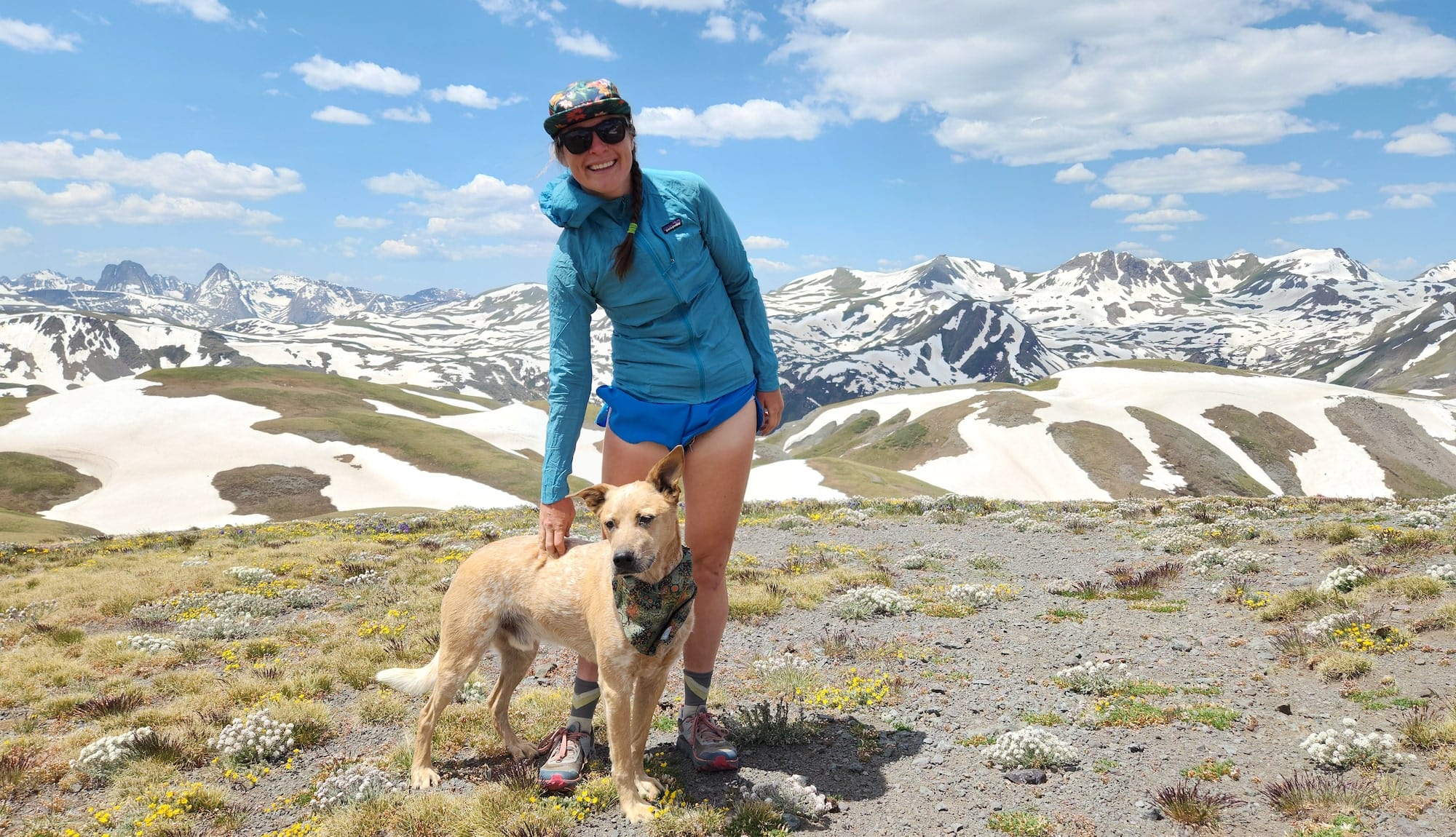
Patagonia’s Houdini has been a running essential since I moved to the damper trails of the Pacific Northwest a decade ago. It’s a rain or shine piece for every long trail day. The Houdini Air Jacket provides protection from the elements with its durable water repellent (DWR) finish. It’s also breathable, so you’re not creating your own weather system of sweat and moisture inside the jacket.
It’s my favorite “just-in-case” layer to throw in my pack because it’s light and easy to carry. You can stuff the jacket inside its upper pocket and zip it closed. At 3.6 ounces, it’s a no-brainer to bring this on the trail, even if the forecast promises you won’t need it. We all know the mountains can surprise us with all kinds of weather. And I’d much rather carry an extra 3.6 ounces than get caught jacket-less in a surprise storm.
Buy at BackcountrySalomon Adv Skin + Hydration Pack
I used the Salomon Adv Skin for every single one of my eight days on the PCT. I have it in two different sizes (5 liter and 12 liter), but even the smaller pack has plenty of room for snacks, water, and all of my just-in-case items (like a bivy or my Garmin inReach).
The pack is light and breathable and it’s designed to conform to your body for a snug fit that prevents any annoying bouncing or chafing. The most painful chafing I’ve ever experienced was caused by an ill-fitting hydration pack, so I’m a big fan of a pack that doesn’t rub me the wrong way (Bad pun intended.) It also has adjustable laces on the front and sides to further personalize the fit.
I like that this pack accommodates a variety of different hydration vessels. You can put a bladder in the back pocket or two 500 milliliter soft flasks in the front. On the PCT, I would often want a bladder of water and a soft flask with Tailwind or Coke, and this pack could hold it all. I also appreciate that this pack has a zippered pocket to secure my smaller items and the things I really don’t want to drop. (Raise your hand if you’ve lost your car key on a trail and never want to do that again.)
Buy at Salomon Buy at REICOROS Apex 2
I have yet to meet a watch battery that’s more impressive than what’s underneath the COROS hood. And this was the most important watch feature for me when I hit the PCT. I knew I’d be on the trail for 16-20 hours a day and I didn’t want to mess around with midday charging or dead batteries. The Apex 2 boasts 45 hours of full GPS service and 17 days of regular use, so I suspected it would get the job done – and it did. My COROS watch had plenty of juice every day and probably finished the trek with way more energy than I did.
I also like that this watch offers a wide array of different activity modes, like swimming, cycling, ski touring, and jump roping – and it integrates with third-party apps like Strava. And, if you want to get really fancy, you can upload your route to your watch and use it for hand-y navigation.
Buy at BackcountryBOA 1″ Elite Split Running Shorts
I love short shorts and BOA’s 1-inch split shorts was at the top of my packing list for the PCT. (It does come in a longer 3-inch inseam, if that’s more your style.) The combination of the lightweight, breezy fabric and the generous side split gives you a full range of movement and never impedes your stride.
You know how some athletic shorts can feel like a stiff diaper? These are the opposite of that. They’re so light and flowy you can almost forget you’re wearing shorts. Their barely-there nature also makes them an ideal pick for hot days, with the help of the sweat-wicking briefs built-in. For pocket-lovers, they do have a small pocket sewn-in to the waistband. I mostly only use it for items as valuable as my dog’s poop bags, as it doesn’t zip closed. And while I mostly choose gear for function, I don’t mind when it also looks good,and I love that these shorts come in every color of the rainbow.
Buy at AmazonBlack Diamond Sprinter 500 Headlamp
With 16–20 hour days on trail, there was no question I needed a good headlamp for the Oregon PCT. I don’t love hiking in the dark, but Black Diamond’s Sprinter 500 makes night time travel a little easier with its 500 lumens of light. I’ve found this volume of lumen power to be noticeably brighter than headlamps with less.
This model is rechargeable, which is nice for reducing battery use and waste, but it also has an option for AAA batteries so you can have flexible power options. And it comes with a red strobe in the back for increased visibility.
Buy at REIBlack Diamond Equipment Distance Carbon Z Trekking/Running Poles
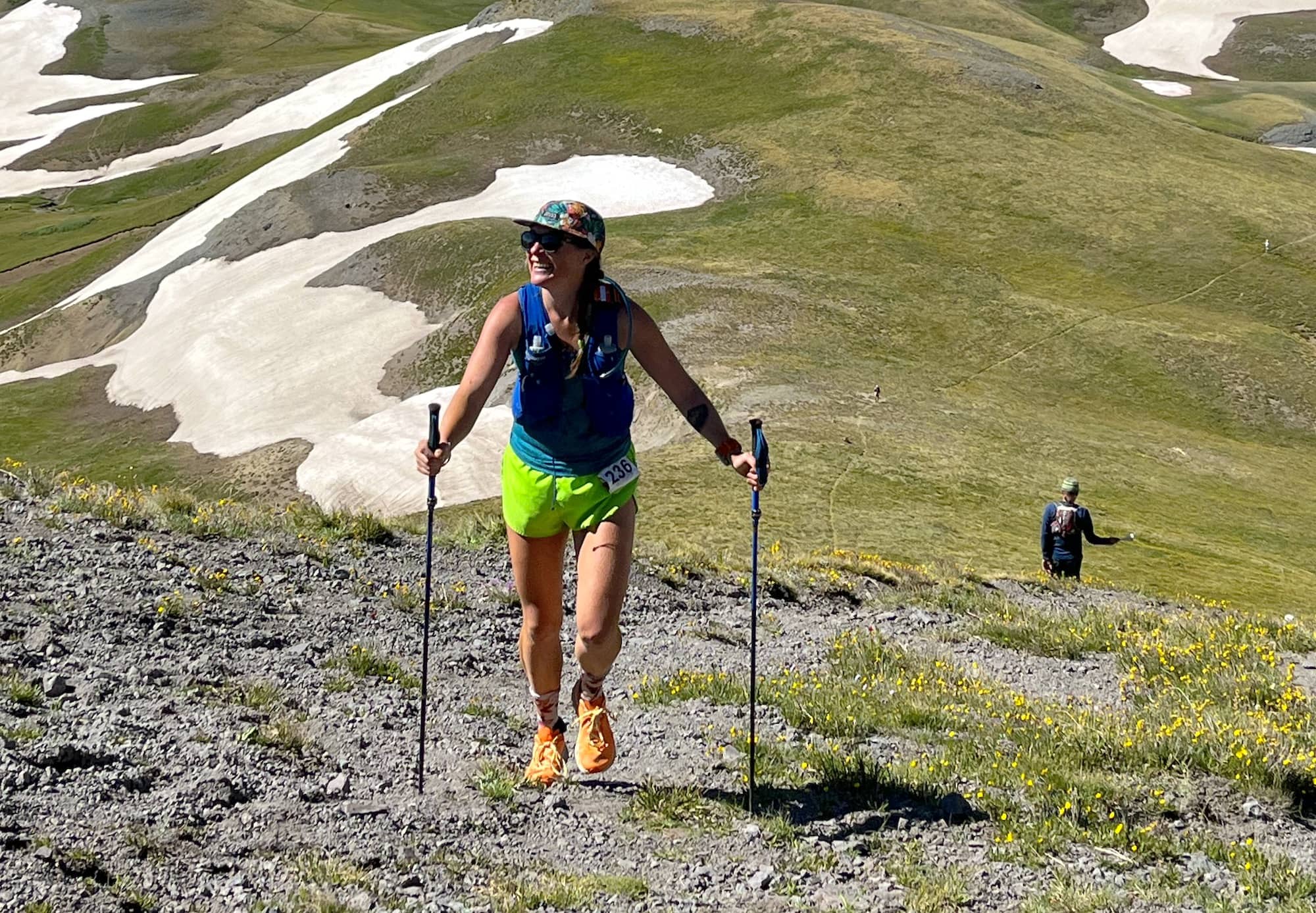
While there’s some debate about the merit of poles, I’m a lifelong member of Team Poles. They help keep my legs fresher and stronger by shifting some of the load to my upper body and they provide stability and support over uneven terrain. There’s no question I climb better and faster with poles – and what’s not to like about that?
I gravitate to Black Diamond’s Carbon Z poles because they’re a super light and reliable option. (The poles clock in around 10 ounces.) They’re also extremely packable with a three-section foldable design. But I usually just carry them in one hand when I’m not actively using them because they’re so light and slim. A tradeoff of lightweight gear can be that it’s more susceptible to tears, snaps, and other damage. But Black Diamond has found the sweet spot of weight and durability. I’ve been using these poles since 2017 and they’ve withstood thousands of miles of rugged terrain with no issues.
Buy at REI
Explore the Pacific Northwest
Get epic travel ideas delivered to your inbox with Weekend Wanderer, our newsletter inspiring thousands of readers every week.

